Coco Chanel: Strength and Femininity
“I don’t do fashion, I am fashion.”
One of the most legendary fashion designers of all time, Coco Chanel is a true icon, whose legacy lives strong today. Famous for pioneering timeless staples including the little black dress, the skirt suit and the striped Breton top, her focus was on wearable styles with a streamlined, minimal elegance, all based around her refined palette of black, white, gold, beige and red. “Luxury must be comfortable, otherwise it is not luxury,” she once said. Her unique ability to allow women to move and breathe, yet remain classically feminine, transformed the shape of fashion for the 20th century and beyond.
Born Gabrielle Bonheur Chanel in Saumeur, France in 1883, Chanel’s upbringing was a far cry from the glitz and glamour of her later life. Her parents and four siblings lived in poverty as her father struggled to earn a meagre income selling haberdashery goods on the street. Initially unmarried, Chanel’s parents moved from home to home, only marrying after the designer was born. When Chanel’s mother died of tuberculosis it was all too much for her father and he ran off, abandoning his children to fate. Chanel, then twelve, was sent with her sisters to a Catholic monastery in Moulins, where she was raised by nuns.
Smart and resourceful, the young Chanel quickly learned how to sew, while observing the slick precision of the clothing around her with an inquisitive eye. “Her childhood instilled in Chanel resourcefulness and razor-sharp survival instincts, which were they key to her success,” observed Jennifer Latson for Time magazine. Yet she was so ashamed of the poverty and abandonment of her past that it remained secret for a long time, shielding the pain and fear that she felt inside.
After leaving the orphanage Chanel put her sewing skills to good use, finding work as a seamstress by day, while working in the evening as a singer at the Cabaret Rotonde, a nightclub frequented by cavalry officers. It was here that she adopted the nickname “Coco,” lifted from a song she would often sing titled, “Qui Qu’a Vu Coco?”, though Chanel also confessed it was shortened from the scandalous term “cocotte”, meaning “kept woman.”
As an attractive young singer Chanel attracted a swathe of admirers, including the wealthy Etienne Balsan, who lavished her with expensive gifts and persuaded her to live with him in his French chateau Royallieu in Compiegne. The move prompted a huge lifestyle change and before long Chanel was socialising with the wealthy elite, riding horses by day and dining with Balsan’s friends in the evening. Warner observes how Balsan “taught her to conduct herself with high style on horseback and, generally, gave her the skills she needed to make her way up through society.”
To keep her occupied during the day Chanel began to design and make her own hats, which had a sleek simplicity that soon caught the attention of Balsan’s friends, who begged her to make more. Through Balsan Chanel also met Captain Arthur “Boy” Capel, who she called the “love of her life”, and by 1908 she had left Balsan for Capel, moving with him to a smart Parisian apartment. There Capel supported Chanel with the opening of her first store, a milliner at 21 rue Cambon, which she titled Chanel Modes.
Many of her first customers were aristocratic friends she had made through Balsan and Cambon, but her minimal, restrained hats proved popular with buyers across Paris, particularly when the French actress Gabrielle Dorziat promoted her work, wearing her designs in a play and for the fashion magazine Les Modes in 1912, leading to an upsurge of sales. Early success allowed her to open further stores in Deauville and Biarritz, and gave her the confidence to expand into haute couture. In the next decade she revolutionised French fashion, introducing comfortable, wearable designs for women including tailored shirts and jackets, while pioneering slim cut trousers for women inspired by the simplicity of menswear, at a time when women were barely out of corsets and bustles. When she fashioned a simple dress for herself from an old jersey, a string of complements came her way and led her to pioneer the first jersey dress, which became a worldwide success. “My fortune is built on that old jersey I’d put on because it was cold in Deauville,” she later mused.
Her liberating designs came to define the Jazz Age, as the draped jersey, dropped waists, long strings of costume jewellery and red lipstick she channelled became the new leading look. As her commercial success grew, Chanel integrated herself further with the literary and artistic circles of Paris. Befriending the artist Jean Cocteau, she designed a series of costumes for his play Orphee, as well as creating costumes for Serge Diaghilev’s world-famous Ballets Russes. In 1921, following French designer Paul Poiret’s example, Chanel released her first perfume, Chanel No. 5, taking his concept a stage further by including her brand name on the now timeless bottle. Just a few years later she introduced the Chanel suit, with a collarless jacket and fitted skirt, made in natural shades of tweed fabric discovered during a visit to Scotland, including white, grey and beige.
The clean lines of her little black dress also shifted the fashion landscape, revealing the chic simplicity of a garment so usually associated with mourning. American Vogue wrote at the time, “The Chanel Ford dress, the frock that all the world will wear.” Breaking into America, Chanel began producing clothing for Hollywood’s leading stars and by 1935 she had hit her peak, with five stores and over 4,000 employees.
Chanel also found something close to a long-term love in the wealthy aristocrat Hugh Grosvenor, Duke of Westminster in the 1920s, remaining with him for decades, although she refused to marry him, declaring, “There have been several Duchesses of Westminster- but there is only one Chanel!” Following the dissolution of their relationship when the Second World War broke out, Chanel began a love affair with a German Officer, arising political suspicion that she was a Nazi spy. Her anti-Semitic views also made her less than popular, tarnishing the polish of her brand and leading to a decline in sales, prompting Chanel to dramatically fire all her workers and close her shops, retreating to Switzerland in a self-imposed exile.
But ever the determined figure, in the 1950s, Chanel rose from the ashes like a phoenix, resurrecting her fashion house for a new era and the simple fabrics, clean lines and easy femininity of her designs were soon back on the international fashion map. During this 1950s renaissance she introduced her world-renowned quilted bag, and the universally flattering two-toned shoes with a dark tip, while the 1960s saw a huge upsurge of interest in her designs. Celebrities embraced the understated elegance of her fashion, particularly her skirt suit, including Elizabeth Taylor, Jane Fonda, Jackie Kennedy and Grace Kelly, strong, feminine women making their way in a man’s world.
In January 1971, Chanel passed away at the age of 87. Her reputation restored, a huge crowd gathered at her funeral, with hundreds of mourners wearing Chanel suits in tribute. The fashion house was kept ticking along by various designers, but it was ten years after her death, when designer Karl Lagerfeld took over the direction of the multi-million-pound fashion house, that he was able to drive it forward for a new generation with a more directional, subversive edge to suit the 21st century. The timeless silhouettes Chanel first pioneered, from mannish tailoring to the jersey dress and skirt suit, still remain staples of the brand, items that kicked the fashion template towards an easy femininity for revolutionary women of the modern age. Judith Warner wrote in the New York Times, “…her clean, modern, kinetic designs, which brought a high society look to low regarded fabrics, revolutionized women’s fashion, and to this day have kept her name synonymous with the most glorious notions of French taste and élan.”





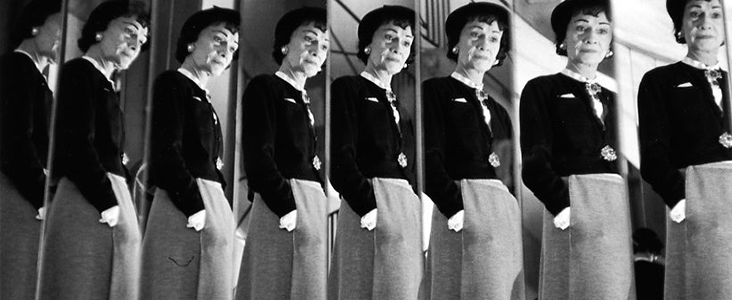
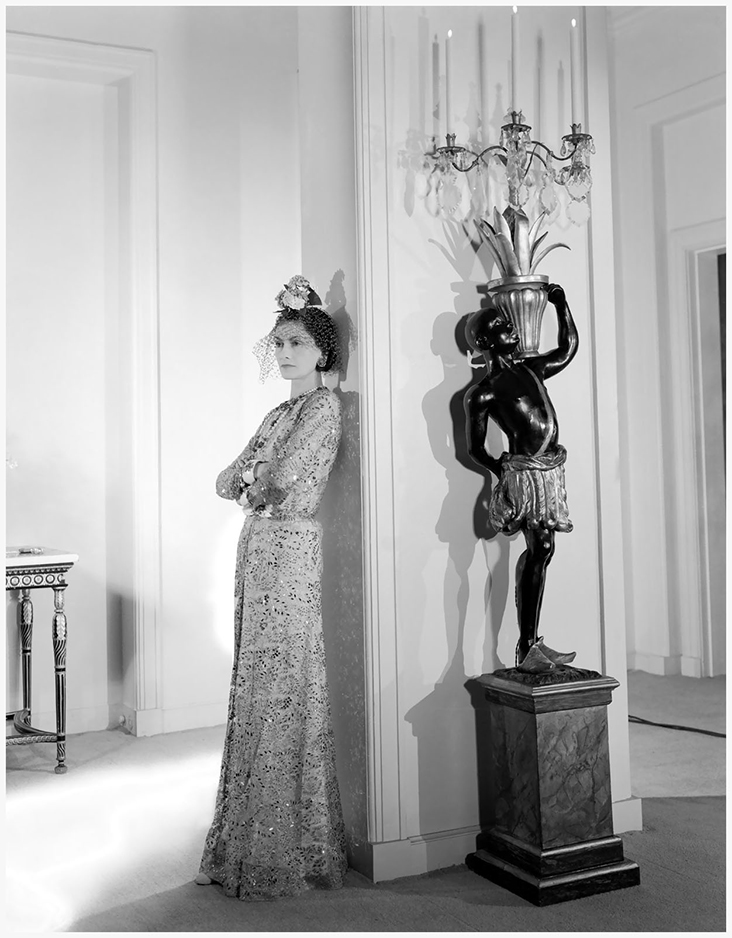
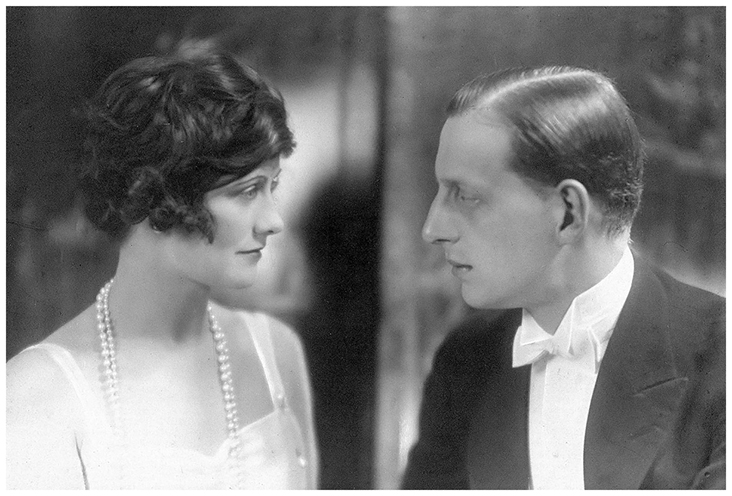
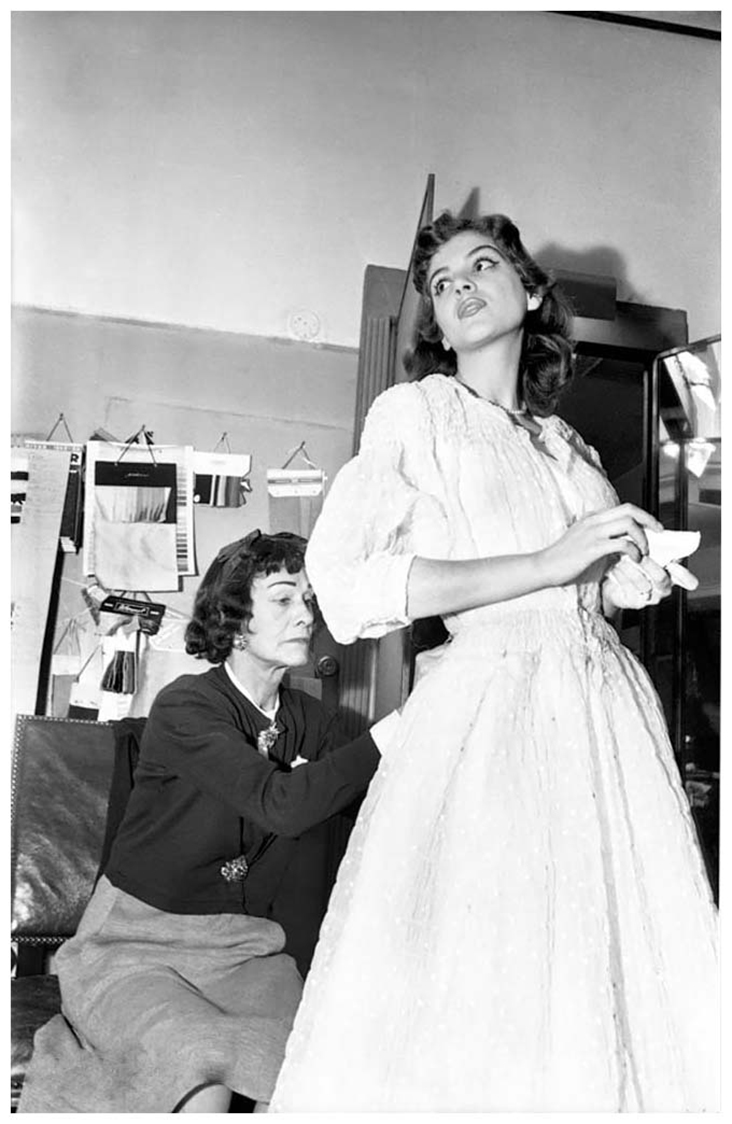
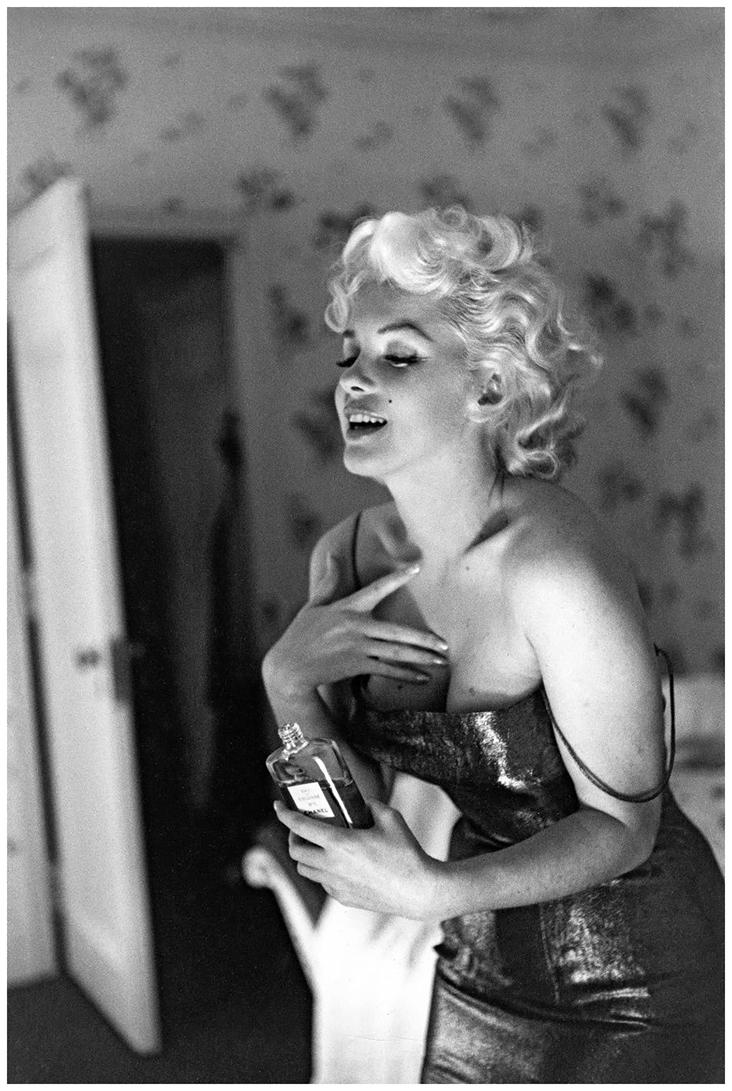
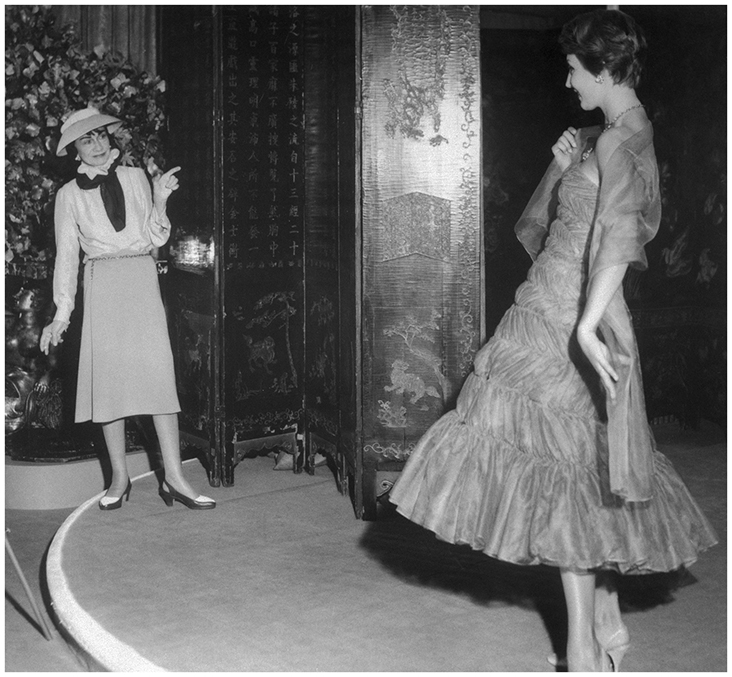
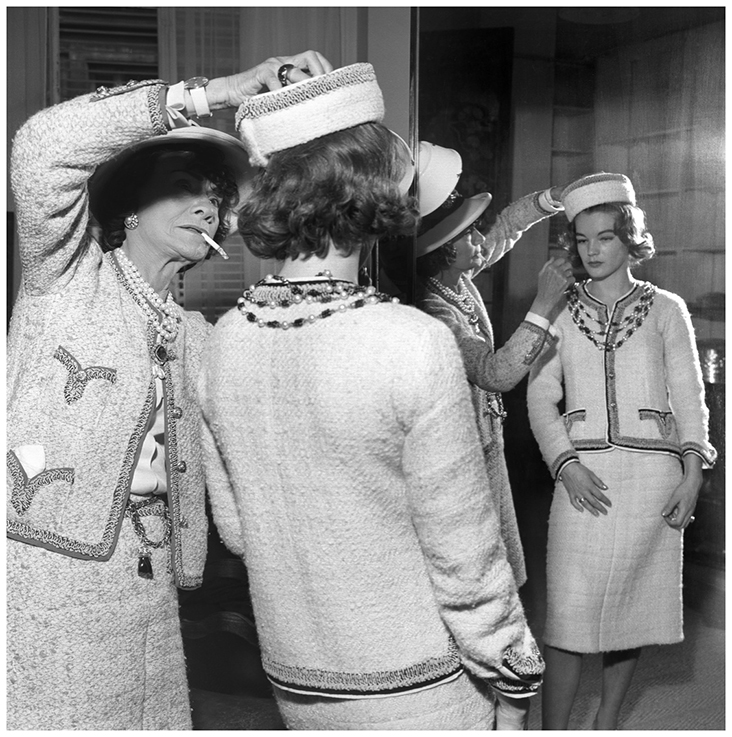
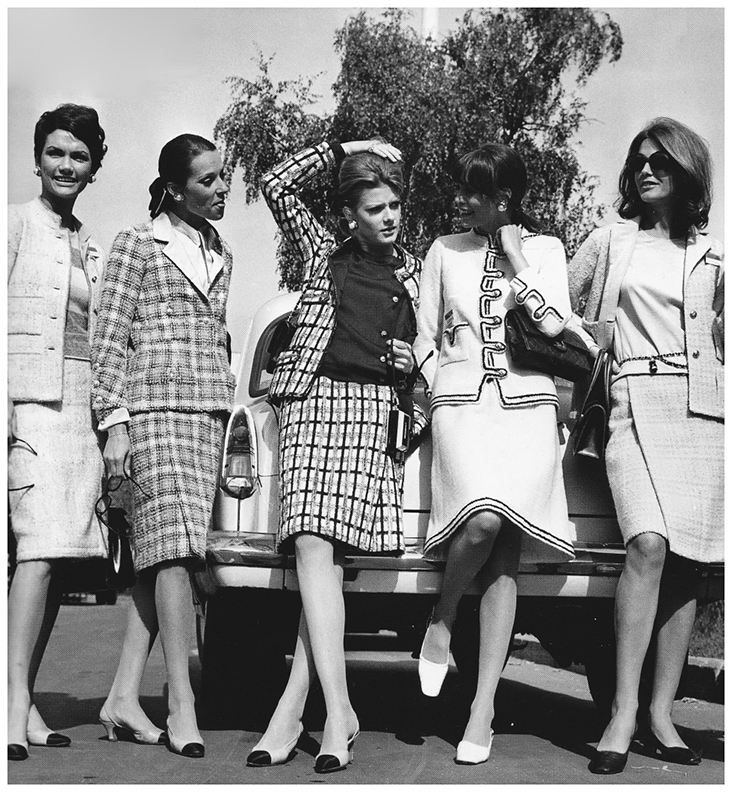
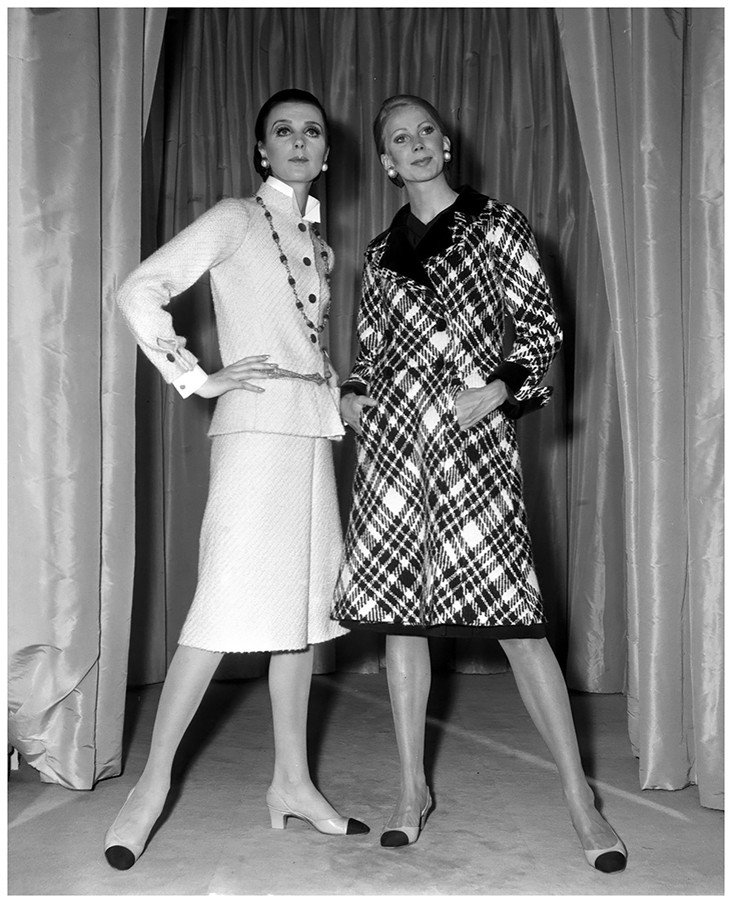


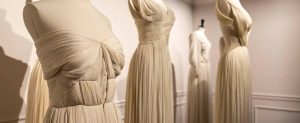
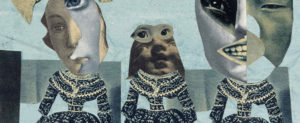




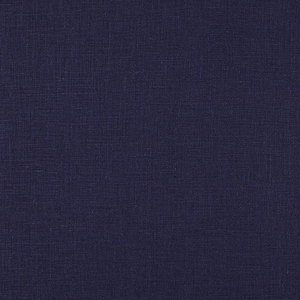





















4 Comments
Colleen Laughton
Your author, Rosie Lesso, needs to do a bit of math. If Chanel was born in 1883 and died in 1971 she would have been 88 not 70 years old..
Rosie Lesso
Indeed, that should say 87 – a small typo – that’s it changed now! Thanks
Morgan Grenier
Coco Chanel didn’t simply have “anti-Semitic views.” Military documents confirm she was an active Nazi spy. She attempted to seize the assets of her Jewish business partners while they were abroad. She was an anti-Semitic opportunist, for all her talent.
Rosie Lesso
Thanks for your comment – yes, I agree evidence suggests this was likely to be the case, although it has also been denied by many, but perhaps this was to maintain her reputation and the commercialism of her brand? I think this topic could be an article in its own right, or a book, as demonstrated in Hal Vaughan’s text. In this case I did choose to focus more on the aesthetics of her design legacy for those interested in the impact her designs have had on the history of fashion, although her behaviour was often morally corrupt, particularly during the war.